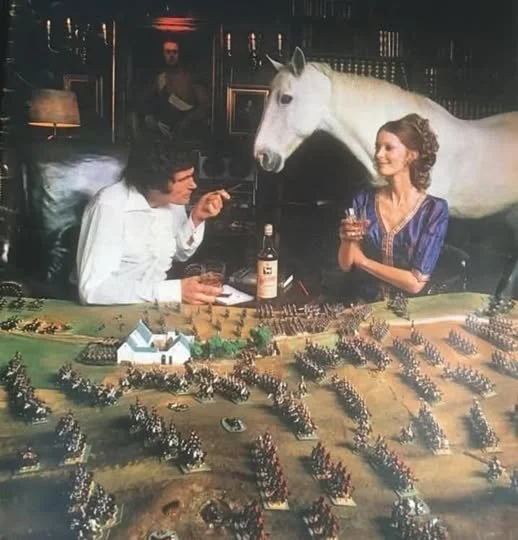Sourcing a C4P Artillery Tractor
/The next part of motorising my 1939 Polish collection was to add some artillery tractors.
Most artillery used horse-drawn limbers, but those attached to the two motorised units used the C4P artillery tractor: a half-tracked lorry. There were two versions of this vehicle: an early model with an open cab that was almost certainly obsolete by September 1939, and a later, closed cab version:
Being Polish and being early war, none of the main-stream manufacturers do a 15mm version of the C4P, so it was back to Syborg 3D Printing to see what Simon could sort for me (see previous post Motorising a Polish Infantry Company.
Simon quickly sent through the designs that he had been able to find: the standard, accepted versions of the C4P, which split into two versions: one with benches, one with benches and boxes.
Neither looked right to me, so I consulted the “bible” for Polish military vehicles: the PIBWL military site. That site (an invaluable tool for the September War wargamer) has a whole section on the C4P, including some more pictures, one of which clearly shows the vehicle from the rear:
A few things to note here:
I also read through the (excellent) Brushes & Bayonets post about actually making your own C4P by converting other models, with the author eventually going for something like this:
Whilst I am deeply impressed by someone being able to convert like that, I’m not sure it’s quite right. As I pointed out to Simon: “I'm pretty sure that everyone who has produced a model with lower benches and/or the boxes on the back is wrong. There's deffo no pictorial evidence for your rear end on the right, just a load of pictures of models that people have made over the years. On top of that, the description from that Polish website I sent you (the WW2 Polish vehicle bible for most people) does say Underneath high benches, especially in the rear, there were some stowage boxes of unexplained purpose the key word being ‘underneath’.
“I can see why people think what they do: it looks very precarious for the crewmen my way, but it's what's in the photos: the crewmen sit, effectively, on top of storage boxes, with not very much holding them in place!!!”
I then attempted a little design work of my own, using Powerpoint to mock up what I meant:
As I’ve said before, it all looks very precarious for the crews, but then for someone who’s previously sat on a seat behind a horse-drawn limber (which looks terrifying when at the gallop) this is probably the height of safety and security!
Simon’s next attempt was almost there:
But still not quite right. This time I sketched what I wanted: emphasising the height of the box-benches and the fact they run right the way to the back of the chassis (see image, right).
A Leonardo-like work worthy of inclusion in the Louvre, I’m sure you will all agree!
Within an hour or so I had the next iteration of Simon’s designs which, I am sure this time that you will all agree, look about as right as you are going to get considering the limitations of the medium:
Although not shown, there’s a spare wheel to be stuck on, and I think the addition of some seated crew will finish it off nicely.
If anyone has any comments or further info on the subject, please don’t hold back: I can’t find a clearer photo of the actual vehicle (a photo: not a model that someone had made or a picture that someone has drawn) showing the rear bed, but I can see that my crew will sit at the right height i.e. shoulders just above the top of the cab, backsides at the same height as the truck sides.
Now I know I should end this post with a “reveal” of the completed model painted up, based and ready to rock…but they haven’t arrived yet. Give the poor man a chance to print and post them to me as we only agreed the final design yesterday!
Rest assured that when they do arrive, they go straight to the front of the painting queue, so stay tuned for more!











